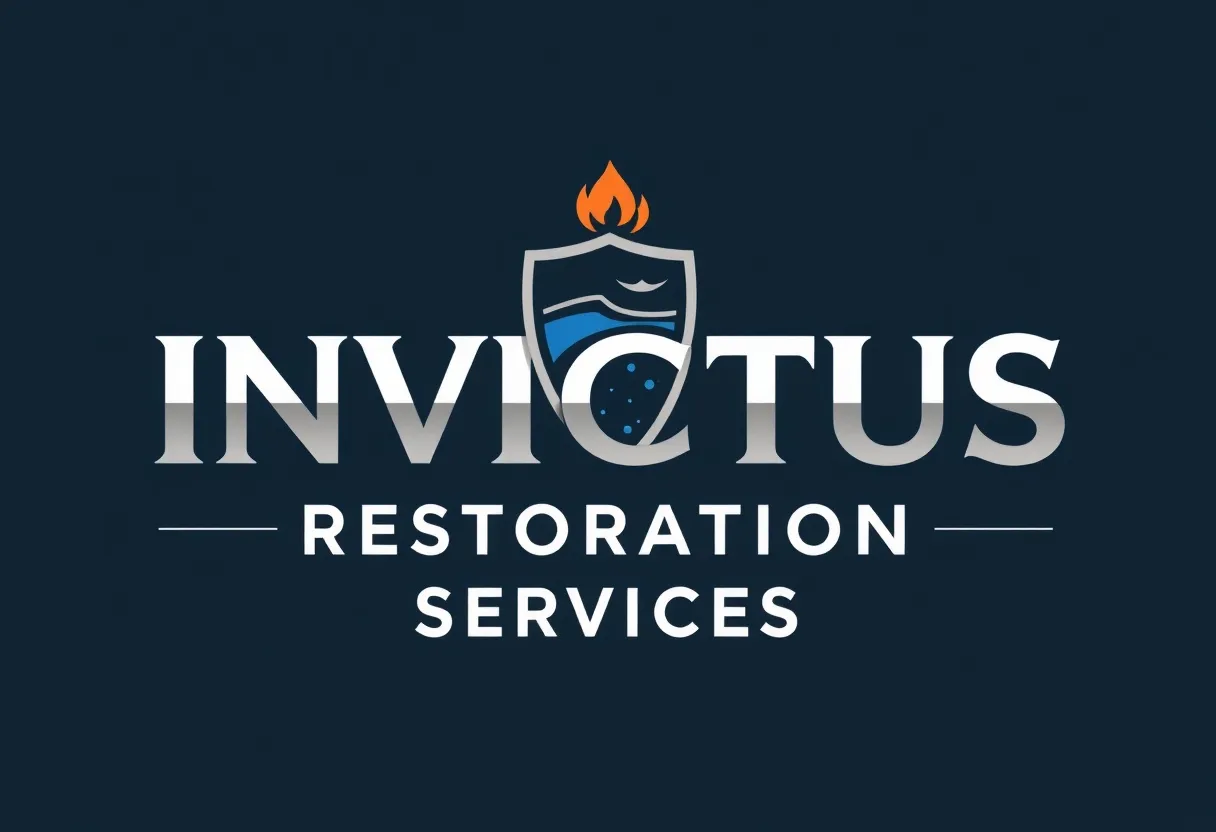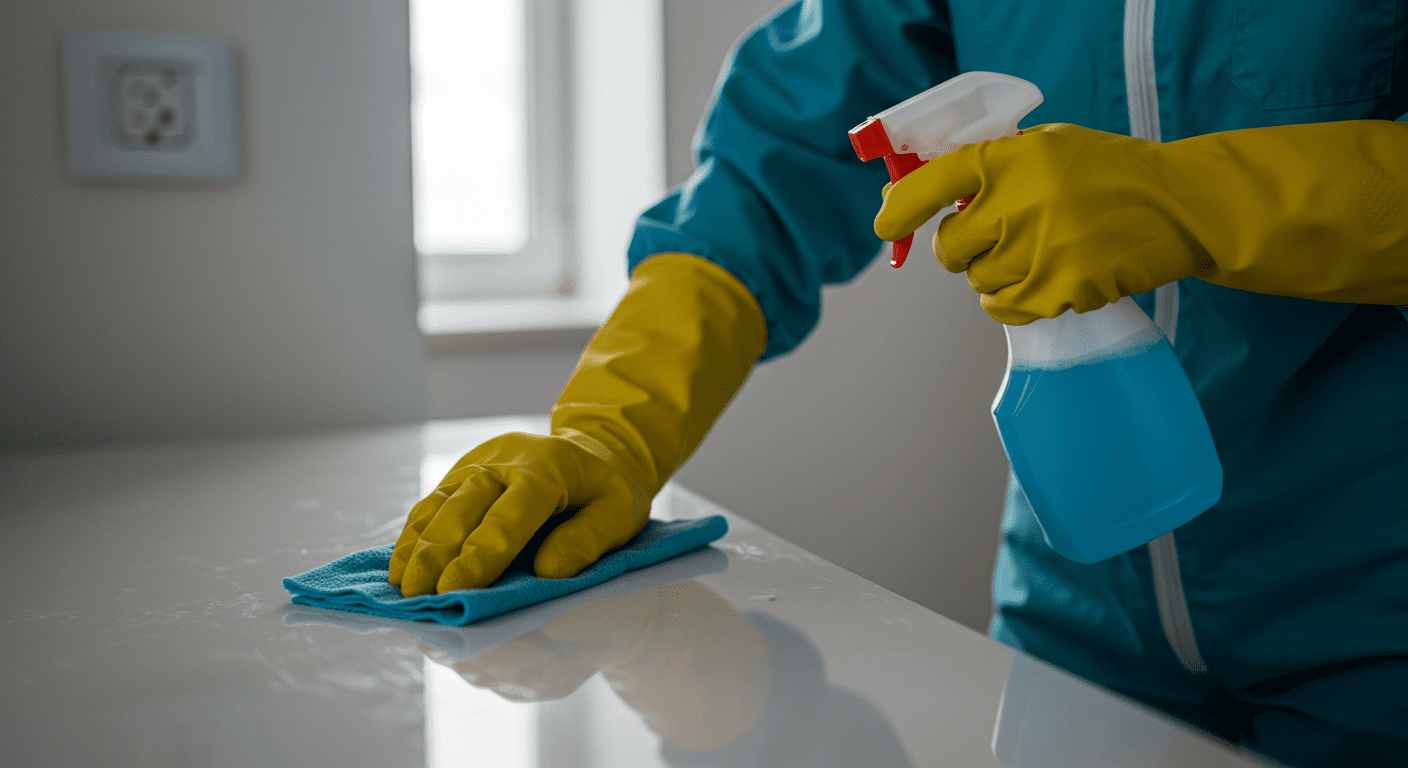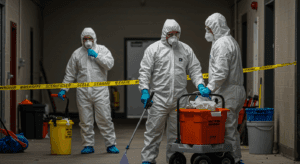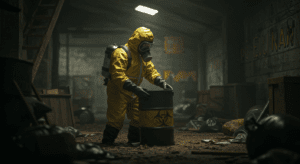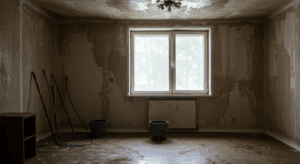Mold is a common household issue that can cause significant health problems and structural damage if left unchecked. Whether you’re dealing with a small patch of mold or a larger infestation, understanding how to address it effectively is crucial. This guide will walk you through the essential steps for identifying, cleaning, and preventing mold in your home.
Understanding Mold and Its Health Risks
Mold is a type of fungus that thrives in damp and humid environments. While it plays a vital role in breaking down organic matter in nature, mold inside your home can pose serious health risks. Exposure to mold can lead to respiratory issues, allergic reactions, and even more severe health complications for individuals with asthma, compromised immune systems, or chronic lung conditions.
The most common symptoms of mold exposure include sneezing, coughing, skin irritation, and watery eyes. Prolonged exposure can exacerbate these symptoms and lead to more significant health concerns. Children, the elderly, and individuals with pre-existing health conditions are particularly vulnerable. Understanding these risks highlights the importance of addressing mold issues promptly and effectively.
Identifying Mold Problems in Your Home
Spotting mold in your home isn’t always straightforward. While visible patches of black, green, or white mold are easy to identify, mold often grows in hidden areas. Common signs of mold include a musty odor, discoloration on walls or ceilings, and peeling paint. Mold thrives in areas with high moisture levels, such as bathrooms, basements, and kitchens.
To identify mold in hidden areas, inspect spaces like under sinks, behind appliances, and inside air ducts. Look for water stains, condensation, or warped surfaces, as these can indicate moisture problems that lead to mold growth. Regular inspections and addressing leaks or humidity issues promptly can help you catch mold problems early.
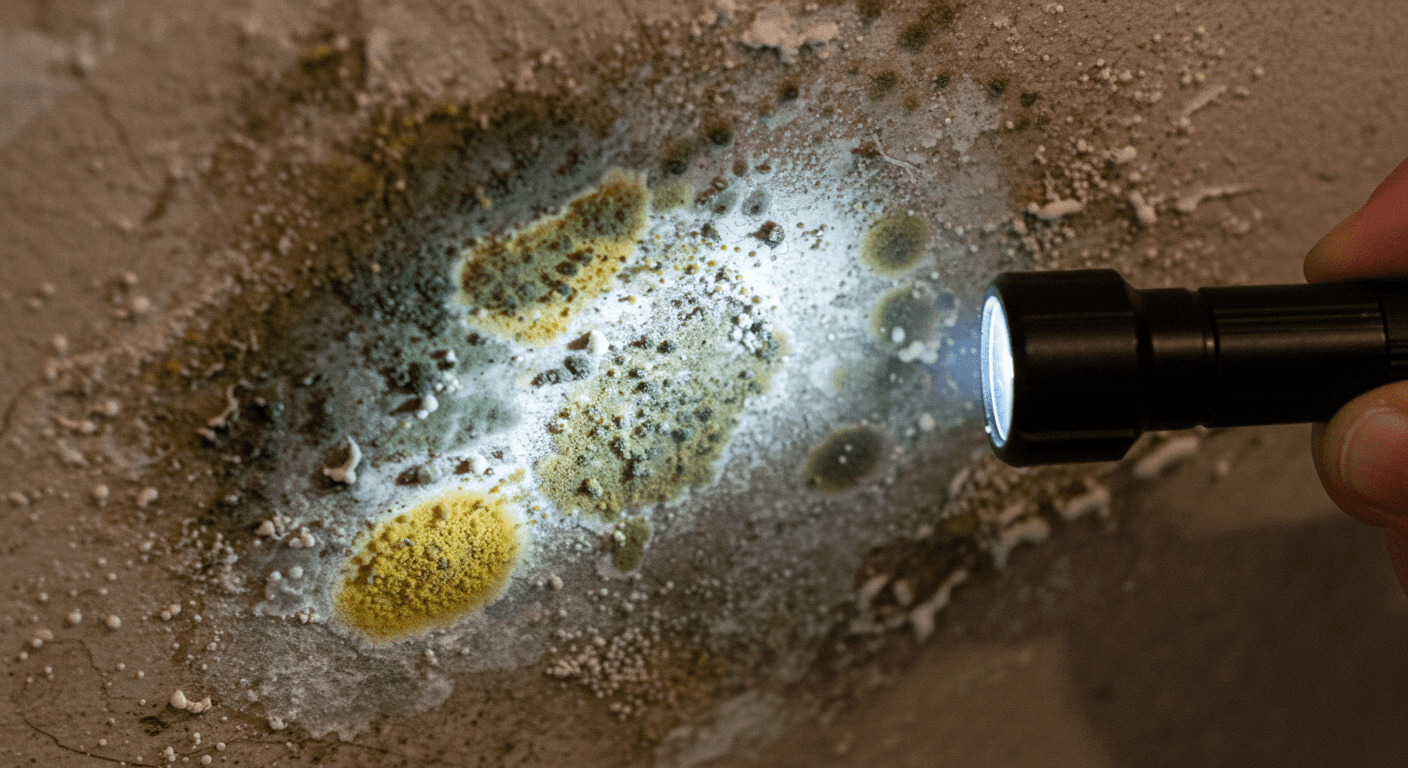
Effective Mold Cleanup Strategies
Cleaning mold requires a careful approach to ensure it doesn’t spread or worsen. For small patches of mold, you can use household cleaning solutions like vinegar or a mixture of water and detergent. Wear protective gear such as gloves, goggles, and a mask to avoid direct exposure. Scrub the affected area thoroughly and ensure it dries completely to prevent regrowth.
For larger infestations, it’s best to seek professional help. Mold remediation experts have the tools and expertise to remove mold safely and effectively. Attempting to clean extensive mold growth on your own can lead to further contamination and health risks. If you’re unsure about the severity of the problem, consult a professional to assess and address the issue.
For professional assistance, consider services like Expert Mold Removal Services in Broomfield, CO: Ensure a Safe Home.
Preventing Mold Growth in Your Home
Prevention is the best defense against mold. Start by controlling moisture levels in your home. Use dehumidifiers in damp areas and ensure proper ventilation in kitchens and bathrooms. Fix leaks promptly and clean up spills immediately to prevent water from seeping into surfaces.
Regular maintenance is also crucial. Clean gutters to prevent water buildup, and ensure landscaping slopes away from your home’s foundation to avoid water pooling. Check your HVAC system and replace filters regularly to maintain good air circulation. By taking these proactive steps, you can create an environment that discourages mold growth.
For more tips on maintaining a mold-free home, explore Comprehensive Mold Reclamation Services in Pueblo, CO: Protect Your Home Today!.
Conclusion
Mold in your home is not just an aesthetic issue—it can have serious implications for your health and property. By understanding the risks, identifying mold problems early, and taking effective cleanup and prevention measures, you can protect your home and loved ones. Whether you’re tackling a small mold issue or seeking professional remediation services, addressing the problem promptly is key to maintaining a safe and healthy living environment.
